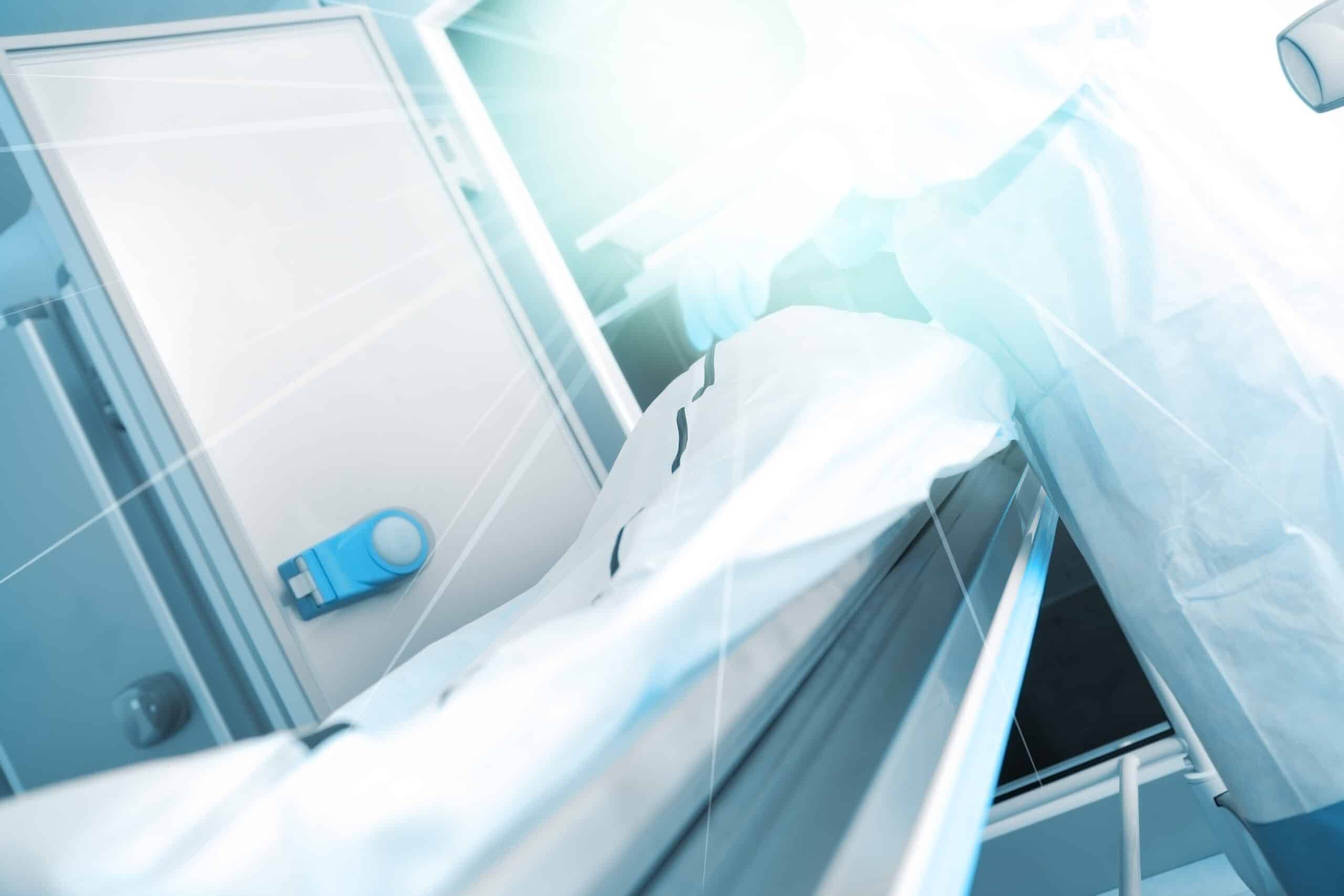A Guide for First Responders
Use this information to properly store human remains in an emergency, conflict or disaster. Management of disaster victims may require solutions for larger numbers of dead. This blog post covers what to do and how to manage large numbers of deceased.

Introduction
As a first responder, it is important to understand how to store human remains in the aftermath of a disaster such as the recent earthquake in Syria and Turkey. The standard death management processes are usually overwhelmed or destroyed, making it necessary to find alternative solutions.
Options for Storing Remains
Here are some options to consider:
1) Refrigerated Containers/Portable Mortuaries
Refrigerated containers can help keep bodies cool or frozen. Place bodies individually on shelves or on the floor and avoid stacking them. Remember, once the remains start to defrost, decomposition will be accelerated.
If available, portable mortuaries can be a good option to allow for refrigerated and organized storage of human remains.
2) Air-Conditioned Rooms
If electricity is available, air-conditioned rooms could work to keep remains cool, especially during winter months. While this is not ideal, it can help for a period of time.
3) Dry Ice
Limited availability, but if it is available, dry ice can be an effective cooling method. Do not place dry ice directly on the bodies as it can cause burning.
4) Temporary Burial
While not ideal, temporary burial can be an effective way to manage bodies. Ensure proper documentation, tagging of remains before burial, and recording of their location. Use gravesite markers with case information for each body, and consider using What3Words to specifically mark the burial spot of each body.
Bodies should be individually bagged and wrapped, with recovery information tagged, and laid out in a single row in a trench or individual graves. Do not stack bodies, and make sure the individual location of each body is recorded.
Additional Considerations
In all cases, collect as much information from the remains as possible when the remains are recovered and before decomposition begins. This includes photos, fingerprints, and DNA samples, which will help with later identification efforts. Record information about where remains were recovered and attach a body tag with a unique reference number to each body. Make sure that all information about a case is kept together under that unique code. Make sure the body tag is durable and won’t disintegrate over time.



